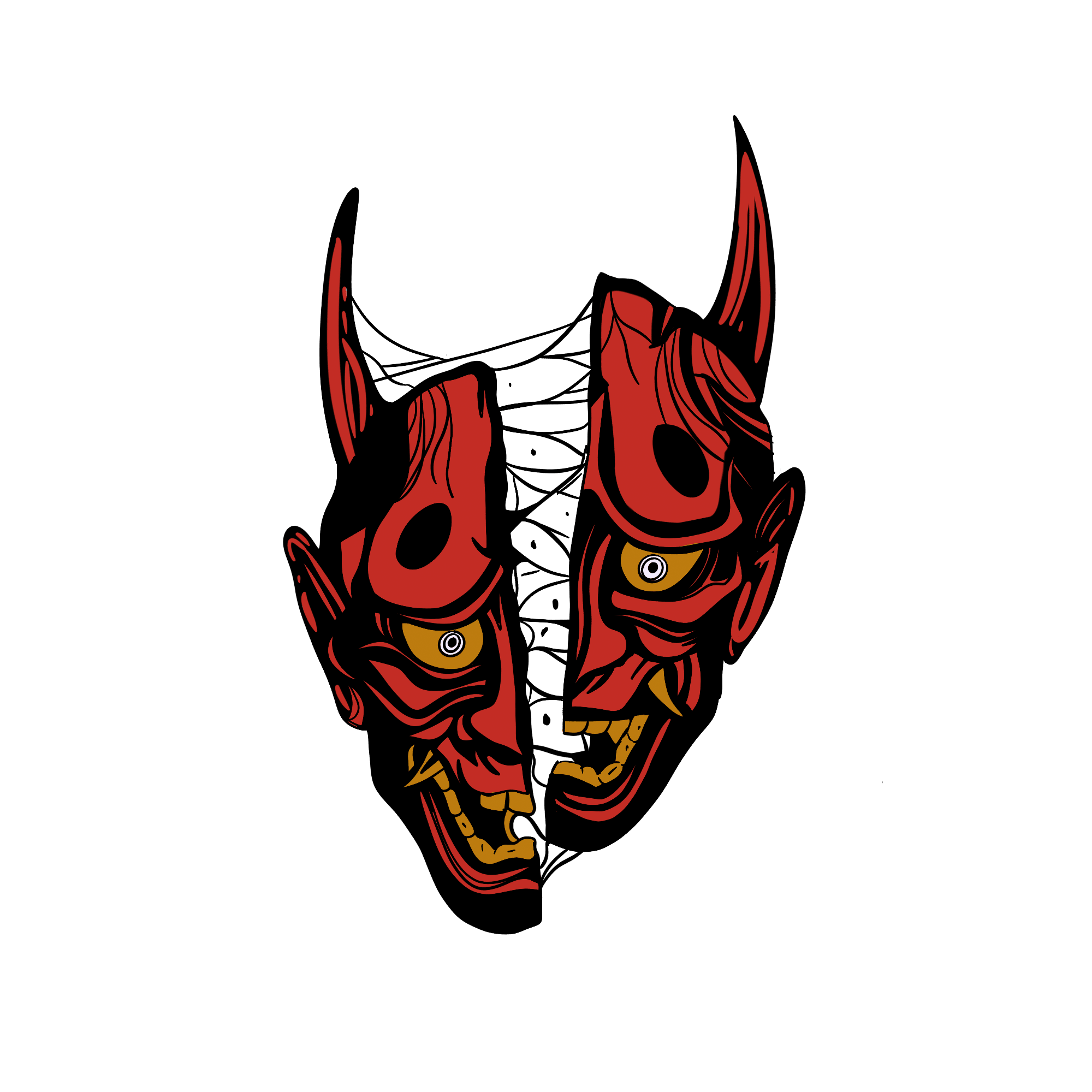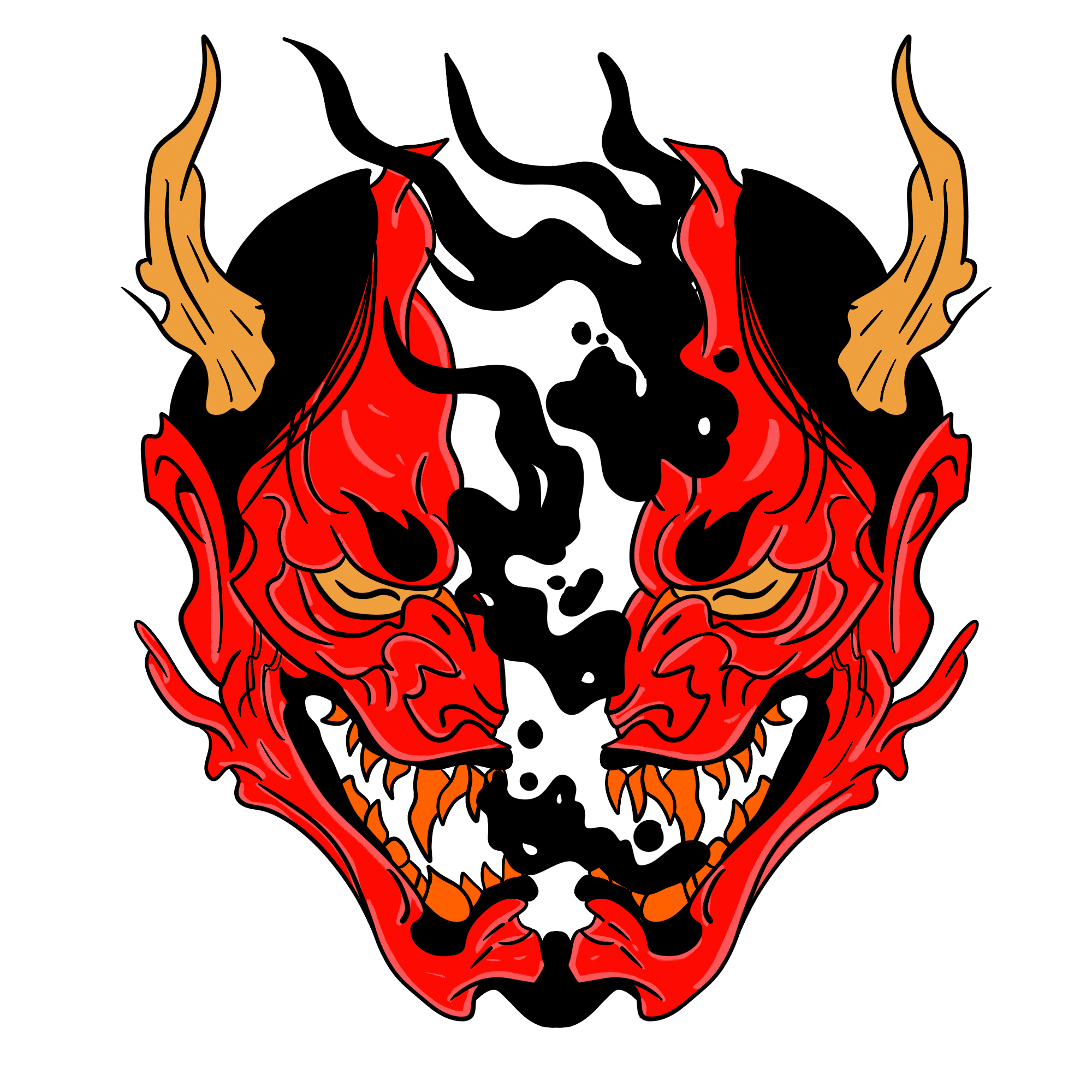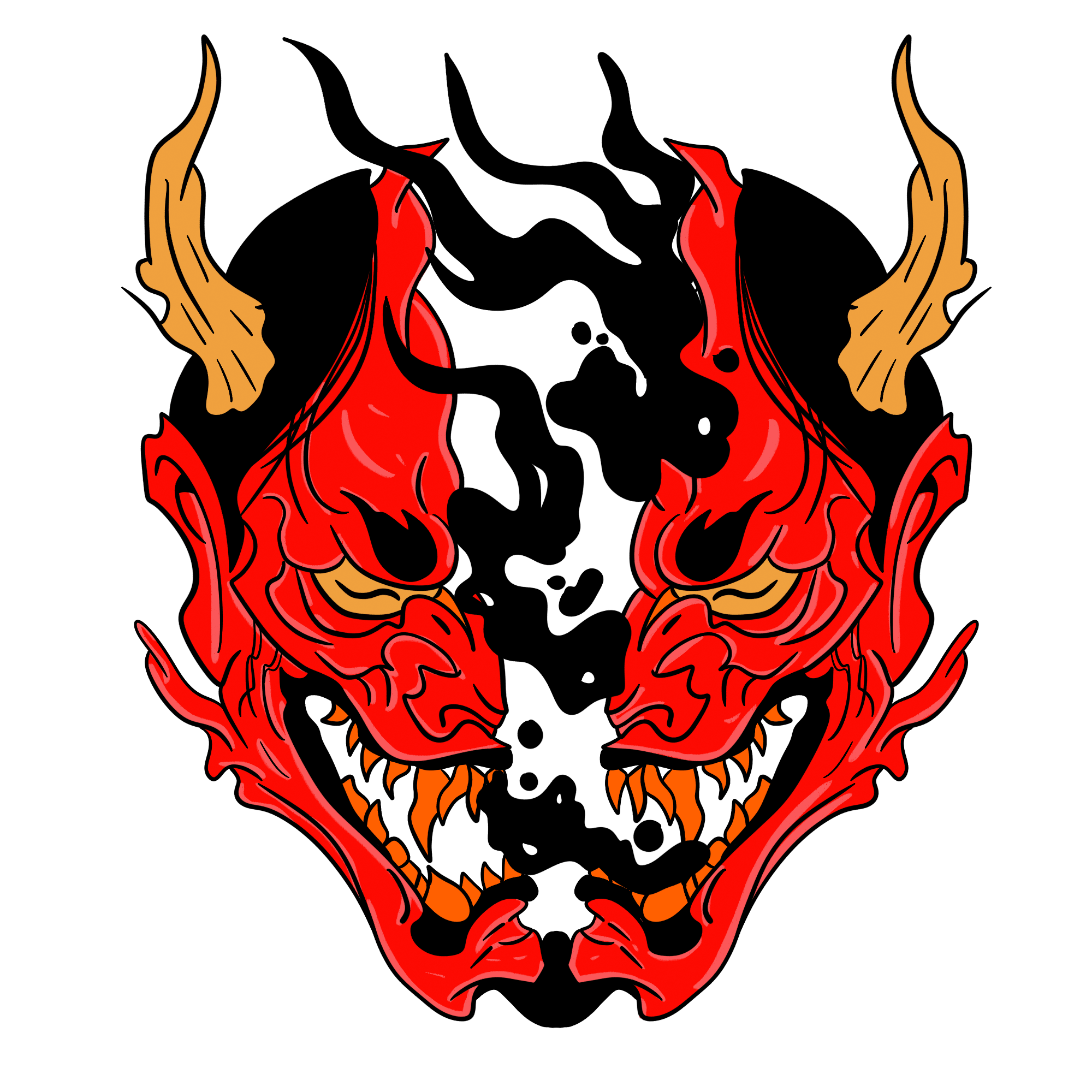Gorson


In the intricate tapestry of demonic lore, few figures command as much awe and fear as Gorson, the King of the Southern Regions of Hell.
Gorson's origins, shrouded in the mists of ancient lore, are a blend of myth and mystery. It is said that he emerged from the primordial chaos, a being of immense power and cunning. His lineage, while unclear, is often linked to the elder demons, suggesting a royal bloodline that predates human history.
In the realm of the supernatural, Gorson is depicted as a figure of imposing stature and terrifying presence. His physical form, often described in ancient texts, is a fusion of fearsome features – a humanoid structure adorned with scales, horns, and a gaze that could pierce the soul. His eyes, like burning coals, and his voice, rumbling like thunder, add to his formidable demeanor.
Gorson's kingdom, the southern regions of Hell, is a landscape of fire and brimstone, a testament to his rule and power. Here, he commands legions of lesser demons and spirits, presiding over a court known for its cunning and brutality. His dominion is marked by the relentless pursuit of power and the expansion of his infernal influence.
In the study of demonology, Gorson is often cited as a master of manipulation and strategy. His name is invoked in ancient rituals and dark arts, symbolizing a deep understanding of the darker aspects of the cosmos. He is believed to bestow knowledge and power to those who dare to summon him, albeit at a great and often perilous cost.
Throughout history, Gorson has left an indelible mark on various cultures and mythologies. In medieval texts, he is often depicted as a figure of temptation and seduction, leading mortals astray with promises of power and knowledge. His influence can be seen in art, literature, and folklore, where he represents the eternal struggle between light and darkness.
In modern times, the legend of Gorson has evolved, reflecting contemporary fears and fascinations. He appears in various forms of media – from literature to film – often symbolizing the complexities of power and the human propensity towards evil.
Gorson, King of the Southern Regions of Hell, remains a powerful symbol in the collective imagination. His story, woven through centuries of myth and legend, continues to fascinate and terrify. As a representation of ultimate darkness and power, Gorson challenges us to confront the deeper, often unsettling aspects of our world and ourselves.
Demons



